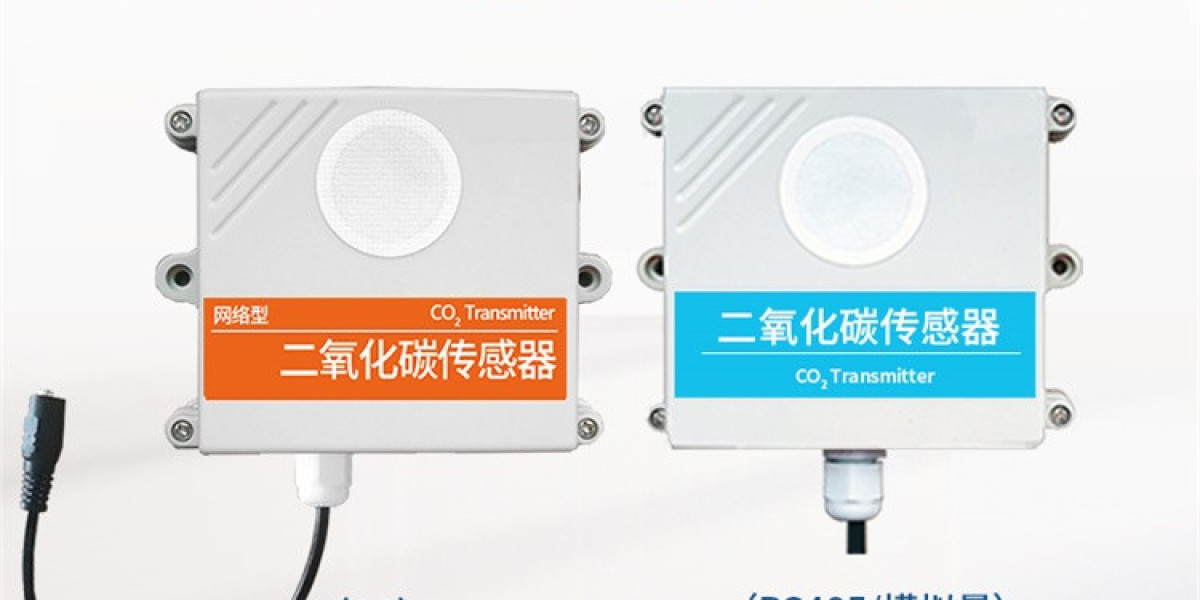1. Understanding the Dangers of Carbon Monoxide
Carbon monoxide is a highly toxic gas that can accumulate in enclosed spaces, such as homes, offices, and other enclosed areas. It is produced by the incomplete combustion of fuels and is odorless and colorless, making it difficult to detect without the help of a gas detector. Exposure to carbon monoxide can cause a range of health issues, including headache, dizziness, nausea, chest pains, and confusion. In severe cases, carbon monoxide poisoning can lead to coma or death.
2. Types of Gas Detectors
There are several types of gas detectors available, including smoke detectors, carbon monoxide detectors, and multi-gas detectors. Each type of detector is designed to detect a specific type of gas or combination of gases. When choosing a gas detector, it is important to select one that meets your specific needs and is suitable for your home or business environment.
3. Installing a Gas Detector
Installing a gas detector is relatively simple and can be done by most homeowners. It is important to follow the manufacturer's instructions and guidelines for proper installation. The detector should be installed in a central location in the home or business, away from potential sources of interference or obstructions. It should also be placed at least 10 feet away from any potential source of carbon monoxide, such as a furnace or gas appliance.
4. Operating and Maintaining a Gas Detector
Operating and maintaining a gas detector is crucial for its effectiveness in detecting carbon monoxide. Regularly check the detector's battery and replace it if necessary. The detector should be tested monthly to ensure it is working properly. If the detector sounds an alarm or activates its warning light, it means that it has detected carbon monoxide in the air. This is a serious situation and requires immediate action.
5. Preventing Carbon Monoxide Poisoning
To prevent carbon monoxide poisoning, it is important to take proactive measures. Regularly inspect and maintain all fuel-burning appliances, such as furnaces, gas ranges, and fireplaces. Make sure they are operating properly and are not leaking carbon monoxide into the home. Do not use charcoal grills or other open-flame devices indoors or in enclosed spaces. If you are using a generator during power outages, make sure it is properly ventilated and away from the home to prevent carbon monoxide poisoning from entering the home through its exhaust system.
Conclusion:
Using a gas detector is an essential safety measure for protecting yourself from carbon monoxide poisoning. By understanding the dangers of carbon monoxide and properly installing, operating, and maintaining your gas detector, you can ensure your family's safety and prevent potentially serious health issues caused by carbon monoxide poisoning. Remember, prevention is key in ensuring your family's health and safety.







